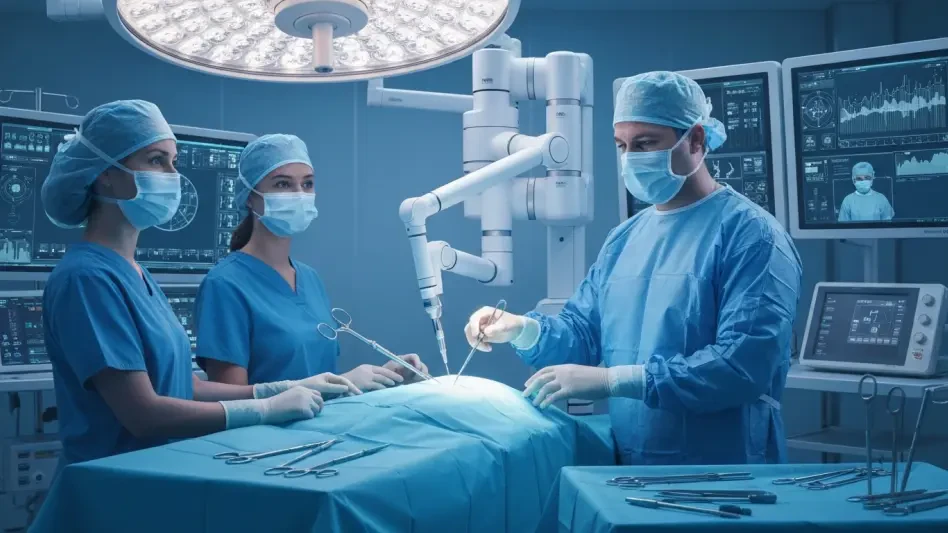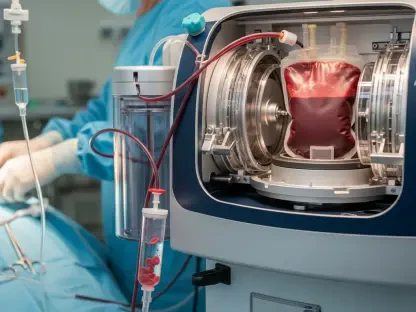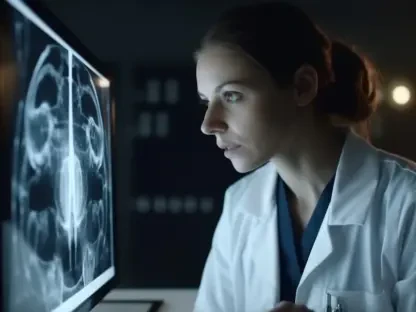In the rapidly evolving world of healthcare technology, few are making as significant an impact as Faisal Zain, a renowned expert in medical technology with deep expertise in the manufacturing of diagnostic and treatment devices. Today, we dive into his insights on a groundbreaking partnership between two innovative platforms aiming to revolutionize surgical care. This conversation explores how integrating advanced data systems and AI can enhance clinical decision-making, streamline preoperative processes, and ultimately improve patient outcomes by reducing risks and inefficiencies.
Can you share with us the vision behind integrating advanced platforms to support surgical care?
Absolutely. The core vision is to create a seamless, data-driven ecosystem that empowers clinicians to make informed decisions before surgery. By combining comprehensive health records, diagnostics, and AI capabilities, we’re able to provide a holistic view of a patient’s health. This isn’t just about technology—it’s about ensuring safer surgeries, reducing delays, and cutting unnecessary costs. The focus is on connecting fragmented pieces of patient data to deliver personalized care plans with precision.
How does this kind of technology assist in identifying potential risks for patients before surgery?
It’s all about early detection. The integrated platform analyzes patient data to flag high-risk individuals—whether it’s a chronic condition or something like a medication allergy that could complicate surgery. By pulling together records and diagnostics in real-time, clinicians can spot these issues well in advance, allowing them to adjust care plans proactively rather than reactively.
In what ways does AI play a role in automating and enhancing surgical evaluations?
AI is a game-changer here. It automates the evaluation process by sifting through vast amounts of clinical data to generate tailored care plans with minimal manual input from clinicians. This not only saves time but also standardizes assessments, reducing human error. It supports surgical teams by highlighting critical insights and recommendations, so they can focus on patient care rather than paperwork.
Can you explain how this technology helps manage diagnostic tests and labs for surgical preparation?
Certainly. One of the biggest inefficiencies in surgical prep is redundant testing. The platform alerts clinicians if a necessary test is missing or, conversely, if there’s an existing lab result or diagnostic that can be reused. This cuts down on both time and costs for patients and hospitals. For example, if a recent blood panel is already on file and still valid, the system will flag it, preventing an unnecessary repeat.
What impact does this kind of integration have on reducing last-minute surgery cancellations?
Last-minute cancellations are often due to incomplete information or overlooked issues, like missing test results or undisclosed health conditions. By providing a connected, comprehensive review of a patient’s medical history, the platform ensures that all boxes are checked well before the surgery date. This minimizes surprises and keeps the process on track, which is a huge relief for both patients and surgical teams.
How do virtual agent-powered tools support the administrative side of surgical care?
These tools are a lifeline for handling the administrative burden. They streamline patient intake by automating forms and initial assessments, and they provide care navigation support by guiding patients through preoperative steps. For surgical teams, this means less time on clerical tasks and more focus on clinical priorities. It’s like having a digital assistant that keeps everything organized and moving forward.
Can you elaborate on how this technology contributes to safer and more cost-effective surgeries?
Safety comes from having all the data at your fingertips—knowing a patient’s full history helps avoid complications like adverse drug reactions. Cost-effectiveness is achieved by eliminating redundant tests and shortening hospital stays through better planning. For instance, catching a potential issue early might prevent a prolonged recovery, saving resources for everyone involved. Efficiency is the key to both safety and savings.
What do you see as the biggest challenge in surgical care that this kind of partnership aims to address?
Fragmentation is the biggest hurdle. Patients often move between multiple providers, and their data doesn’t always follow them. This leads to incomplete histories, repeated tests, and delays. The partnership tackles this by creating a unified system where data flows freely across platforms, ensuring every clinician has the full picture. It’s about breaking down silos to improve outcomes.
What is your forecast for the future of AI and data integration in surgical care?
I believe we’re just scratching the surface. Over the next decade, AI and data integration will become the backbone of surgical care, predicting risks with even greater accuracy and personalizing treatments in ways we can’t yet imagine. We’ll see smarter systems that not only assist with preoperative planning but also guide real-time decisions during surgery. The potential to save lives and reduce costs is enormous, and partnerships like this are paving the way for that future.









